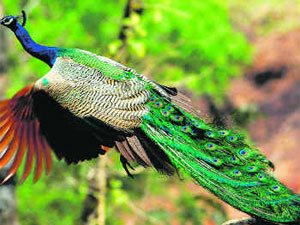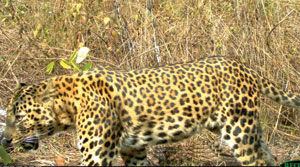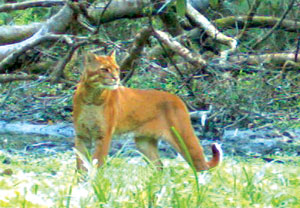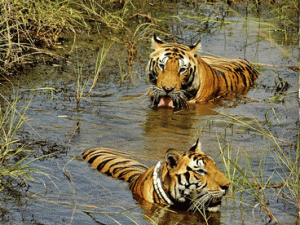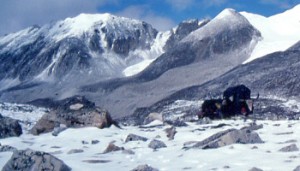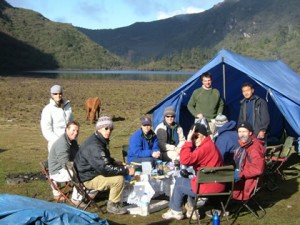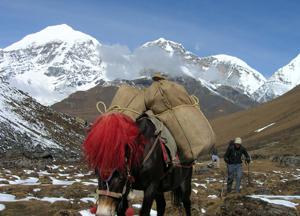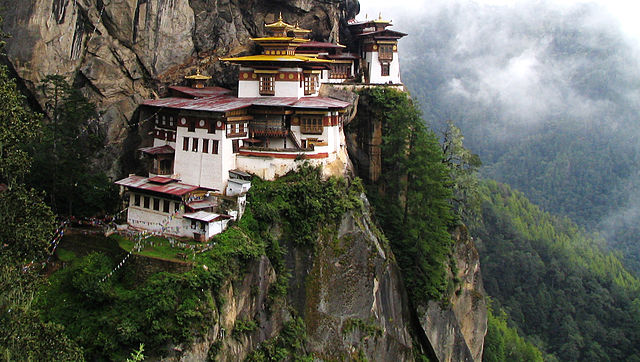
Bhutan is one of the most intriguing nations in the world, and a real rising star where international tourism is concerned. The unspoilt geography of the country is breath-taking in its beauty and provides a true escape into a natural paradise. As a result Bhutan is fast becoming one of the most visited places in the world with many of the nation’s attractions being featured in travel blogs such as Well Known Places.
A concept that is iconic of Bhutan is the paro, which is essential a mix between a temple and a fortress. There are many of these incredible structures to be found around the nation, but one of the most notable is the Paro Taktsang, which has become one Bhutan’s major cultural icons.
The temple was built in honour of Guru Padhmasambhava during 1692. This was due to the fact that this great spiritual leader, who some regard as the second incarnation of the Buddha had arrived to this site and meditated for a period of three years, three months, three weeks, three days and three hours in the 8th century. He had carried out his meditation within the thirteen ‘tiger-caves’
https://www.instagram.com/p/BUOLR08l3Xo/?taken-at=235524821
Taktsang translates into Tiger-Cave and there are many different legends that explain the origin of the name. Some say it is due to the thirteen caves that are present at the site.
There are others who would say that Guru Padhmasambhava rode to the mountain where the caves are situated on the back of a mythical tigress capable of flight.
Some believe that this tigress was the wife of Emperor Yeshe Tsogyal, and she transformed into this form to carry the sacred guru safely to the mountain. There’s a third myth that claims there was a Tiger Demon present within the caves.
Shrouded in mystical mythology this temple-fortress is definitely an essential visit if you find yourself in the captivating country of Bhutan.
Fritzjames Stephen is a travel writer, who writes content based on the myriad of experiences and indulgences that the world has to offer travellers across all walks of life. Google+
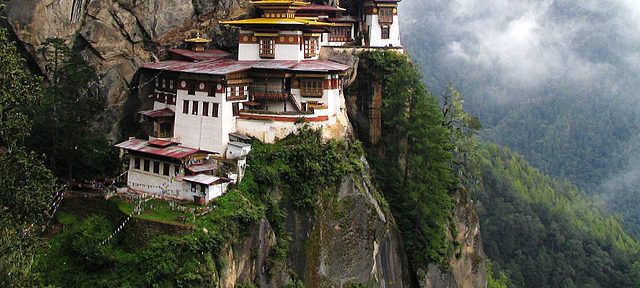



 Bhutan is popular amongst bird lovers and ornithologists because it is home to a diverse species of birds in the South Asian region. The country boasts of having over 670 types of birds and what is even more fascinating is the fact that there are more species to be discovered. A number of the birds that are found in the country belong to the winter migrant category, ducks, thrushes, buntings, waders and finches migrate to this area during the winter season. On the other there are varieties of birds that make their home in the Bhutan kingdom throughout the different seasons. Some of the most colorful and interesting birds are the swifts, warblers, bee eaters, cuckoos and fly catchers.
Bhutan is popular amongst bird lovers and ornithologists because it is home to a diverse species of birds in the South Asian region. The country boasts of having over 670 types of birds and what is even more fascinating is the fact that there are more species to be discovered. A number of the birds that are found in the country belong to the winter migrant category, ducks, thrushes, buntings, waders and finches migrate to this area during the winter season. On the other there are varieties of birds that make their home in the Bhutan kingdom throughout the different seasons. Some of the most colorful and interesting birds are the swifts, warblers, bee eaters, cuckoos and fly catchers.

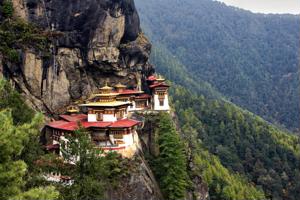 Adrenalin junkies heading to this remote corner of Asia can select a number of engaging tours that tests one’s physical stamina while challenging preconceived notions of this exotic holiday location. Hikers can trek the sacred realm of the “tiger’s den” monastic institution which lies on a gravity defying vertical cliff one meets after crossing the holy Lake Tsonapatta which in turn is contained within a centuries old rhododendron jungle. Visitors can also enjoy conventional celebrations of the Tsechu tribe in rural villages and enjoy local festivities such as the Jakar Festival of Haa town and other neighbouring villages. The trek to the countries highest positioned village and its holiest peak on the other hand is encompassed in the Laya and Chomolhari hike which takes guests along an off-track route to the Chomolhari base camp where visitors can explore the country’s Divine Mountain in its entire splendour. The yak-herding rural communities of the Layap are also part of the tour while mountain biking enthusiasts can also uncover Bhutan natural and cultural treasures along the country’s dirt laden winding roads that make for an interesting biking experience.
Adrenalin junkies heading to this remote corner of Asia can select a number of engaging tours that tests one’s physical stamina while challenging preconceived notions of this exotic holiday location. Hikers can trek the sacred realm of the “tiger’s den” monastic institution which lies on a gravity defying vertical cliff one meets after crossing the holy Lake Tsonapatta which in turn is contained within a centuries old rhododendron jungle. Visitors can also enjoy conventional celebrations of the Tsechu tribe in rural villages and enjoy local festivities such as the Jakar Festival of Haa town and other neighbouring villages. The trek to the countries highest positioned village and its holiest peak on the other hand is encompassed in the Laya and Chomolhari hike which takes guests along an off-track route to the Chomolhari base camp where visitors can explore the country’s Divine Mountain in its entire splendour. The yak-herding rural communities of the Layap are also part of the tour while mountain biking enthusiasts can also uncover Bhutan natural and cultural treasures along the country’s dirt laden winding roads that make for an interesting biking experience. Travellers in search of an
Travellers in search of an 